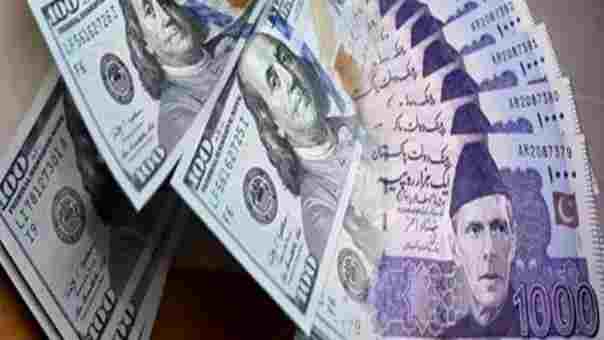Karachi, December 27, 2024 – The Pakistani rupee experienced a slight decline of 10 paisas against the US dollar on Friday, driven by increased demand for the foreign currency to meet import and corporate payment obligations.
This modest depreciation highlights ongoing challenges in the foreign exchange market.
The rupee closed at PKR 278.47 per dollar, compared to the previous day’s rate of PKR 278.37 in the interbank foreign exchange market. Currency experts have attributed this weakening of the rupee to heightened dollar demand as businesses finalize transactions ahead of the year-end. The need to settle import bills and corporate dues has put additional pressure on the rupee.
Another factor affecting the rupee’s performance is the decline in the country’s foreign exchange reserves. The State Bank of Pakistan (SBP) reported a significant drop of $262 million in reserves within a week. As of December 20, 2024, Pakistan’s total foreign exchange reserves stood at $16.371 billion, down from $16.633 billion recorded on December 13, 2024. This reduction underscores the challenges of maintaining external stability.
Despite these pressures, there are signs of resilience in the rupee’s trajectory, bolstered by improvements in Pakistan’s external sector. For the first five months of the fiscal year 2024-25 (July-November), the country achieved a current account surplus of $944 million, marking a significant recovery from the $1.68 billion deficit recorded during the same period last year. This shift reflects better trade balances and stronger foreign inflows, highlighting positive economic trends.
The rupee has also benefited from robust growth in remittances, which have eased external financial strains. Between July and November 2024, remittances surged by an impressive 34%, reaching $14.77 billion compared to $11.05 billion during the corresponding period in 2023. This influx of foreign funds has enhanced domestic liquidity, supported the foreign exchange market, and played a vital role in stabilizing the rupee.
While the rupee remains under pressure due to global and domestic factors, these developments underscore its ability to withstand external shocks. Analysts advise close monitoring of foreign exchange reserves and continued focus on structural reforms to sustain the rupee’s long-term stability.
